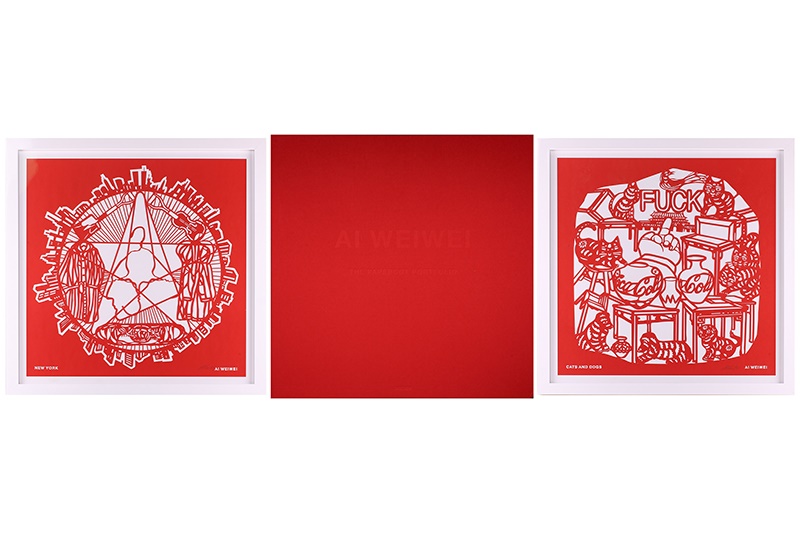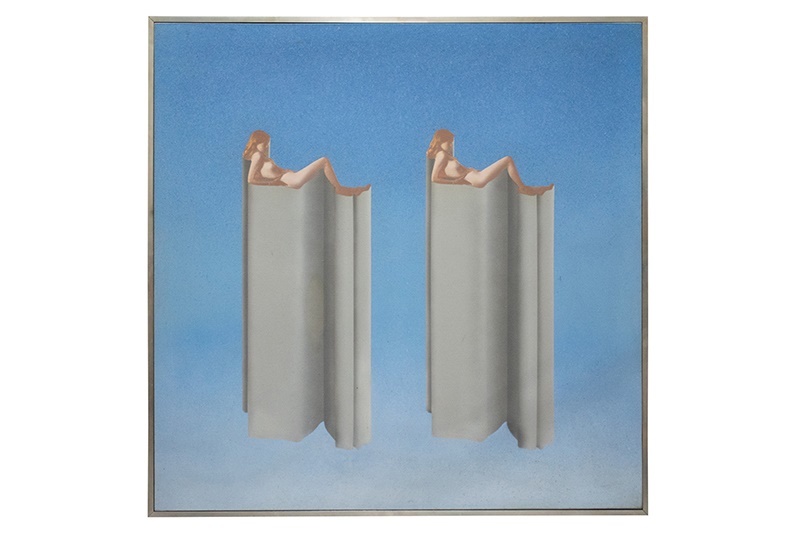Is Contemporary Art Important?
A powerful tool for expressing ideas, emotions, and perspectives that are relevant to our time
04/03/2024
Throughout history Art has played a significant role in society, reflecting emotions, conveying messages, and recording events. These works continue to captivate and educate audiences, from the paintings on the walls of Tutankhamen’s tomb to the religious and anatomical depictions of Leonardo Da Vinci, each era of humankinds’ existence has been documented through the creative talents of artists.
Sandra Blow (1925-2006) British, an abstract study in red
Just like the masterpieces that came before, Contemporary Art is indeed important, integral to our very existence and reflective of social progression. Following the end of World War II, the movement was born out of a time of liberation and newfound freedoms. Abstract expressionism paved the way for new artists to experiment without having to conform to a set of preconceived standards.
As this period ages the distinguishing characteristics of this redefined art become apparent. Contemporary Art is not about creating an aesthetically pleasing product, although this can occur, it is about evoking an emotional reaction to a piece and what it symbolises. As our society has evolved to become more outspoken, accepting, informed and powerful than ever before, it is expected that the works of art produced will follow this narrative. The ideals and value of beauty have changed, and previously oppressed opinions and rights are no longer accepted. The colour of your skin, your sexual orientation or where you were educated are not a prerequisite for success, the creatives of the 21stcentury thrive in the market when they succeed at being a catalyst for conversation, attracting attention, and/or raising awareness.
Ai Weiwei (b. 1957) Chinese, 'The Papercut Portfolio'
Advances in technology over the last 80 years have been monumental, unlocking endless potential for the visual arts. The rise of the internet has made it possible for the public to access information and artists in a global market, while social media has contributed significantly to shared commentaries and beliefs. The traditional arts of paintings, sculpture, drawing, and printmaking have grown to include collage, digital art, photography, video art, installation art, land art, public intervention art, and performance art. Artists even include everyday objects within their works which can be a revelation or shocking, ultimately if it effectively communicates with its audience then it is a success.
Antony Donaldson (b.1939), Lindsay Fairing 1970
The trend to move away from conservative methods towards more challenging and empowering techniques is significant in reflecting the social, political, and religious aspects of our modern society. Contemporary Art is diverse and ever evolving, serving as a powerful tool for expressing ideas, emotions, and perspectives that are relevant to our time. Its importance lies in its ability to inspire change, provoke critical thinking, and contribute to the cultural dialogue of our society. Just as Monet became a key figure in the impressionist movement, or the formation of the Pre-Raphaelite brotherhood challenged beliefs of their time, Contemporary Art will become an indelible part of our history.
read more
How Much is Contemporary Art Worth?
Do you have any Contemporary Art that you are considering selling?
With a huge global audience of potential buyers, Dawsons can achieve the best price.
Get in touch with an expert Valuer for confidential sales advice, we would be delighted to help:


